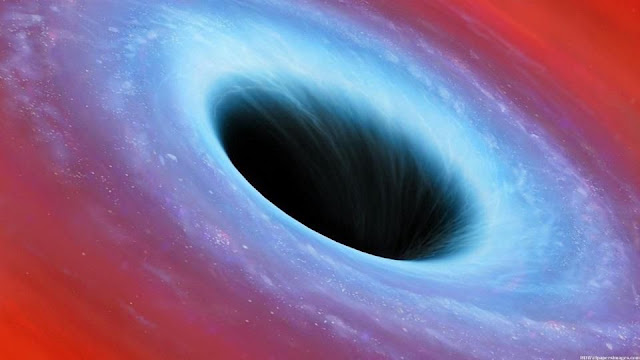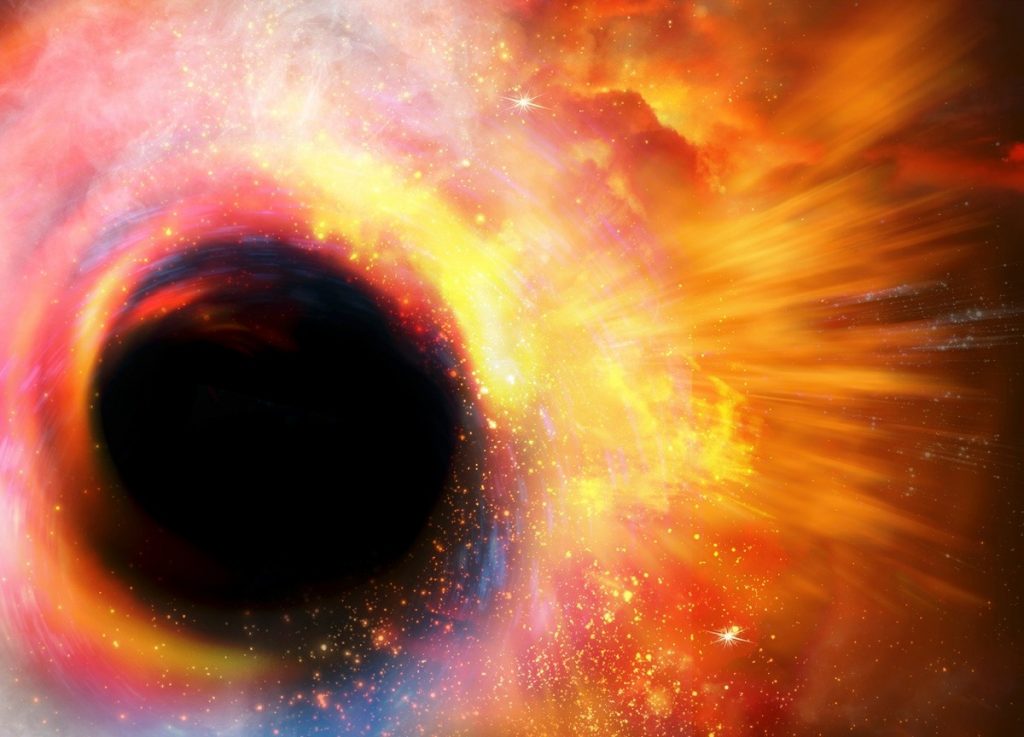Another universe existed before ours and energy from it is coming out of black holes
An older universe existed before the Big Bang, and proof for its existence can still be found in black holes, according to a Nobel Prize-winning physicist.Sir Roger Penrose made the assertion after receiving the award for advances in Einstein’s general theory of relativity and proof of black hole existence.
Sir Roger contends that inexplicable regions of electromagnetic radiation in the sky, known as ‘Hawking Points,’ represent vestiges of an earlier universe.It is part of the “conformal cyclic cosmology” universe hypothesis, and it is proposed that these spots constitute the final outflow of energy known as “Hawking radiation,” conveyed by black holes from the older cosmos.

A black hole is an area of space where stuff has collapsed on itself and has such a strong gravitational pull that light cannot escape.
Such an event could be happening at the centre of our galaxy; Reinhard Genzel and Andrea Ghez, who shared the Nobel Prize with Sir Roger, provided the most compelling evidence of a supermassive black hole in the centre of our galaxy.
There is a chance that the timescale for a black hole’s complete evaporation is longer than the age of our present universe and hence cannot be detected.
“I claim that there is observation of Hawking radiation. The Big Bang was not the beginning. There was something before the Big Bang and that something is what we will have in our future”, Sir Roger said, according to The Telegraph.
“We have a universe that expands and expands, and all mass decays away, and in this crazy theory of mine, that remote future becomes the Big Bang of another aeon.
“So our Big Bang began with something which was the remote future of a previous aeon and there would have been similar black holes evaporating away, via Hawking evaporation, and they would produce these points in the sky, that I call Hawking Points.
“We are seeing them. These points are about eight times the diameter of the Moon and are slightly warmed up regions. There is pretty good evidence for at least six of these points.”
Many people have criticized the theory, and the existence of the type of radiation emitted by these black holes has yet to be proved.
Furthermore, since an infinitely vast universe in one existence must become an infinitely small cosmos in the next, all particles must lose mass as the universe ages, a concept that has also been received with skepticism.
According to conventional cosmology, the cosmos experienced a brief expansion or ‘inflation’ following the Big Bang, which would have removed anomalies in the universe’s structure.
Sir Roger said that black holes were likewise disregarded as simply being in mathematics until their reality was proven.
“People were very skeptical at the time, it took a long time before black holes were accepted… their importance is, I think, only partially appreciated”, he said, as reported by the BBC.
